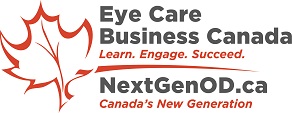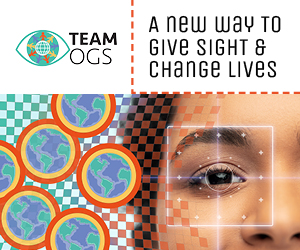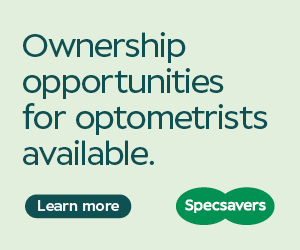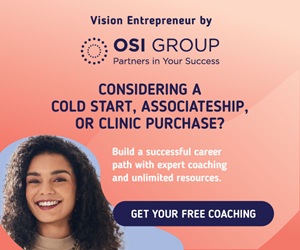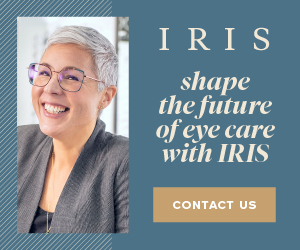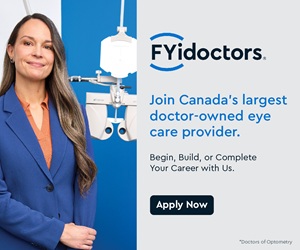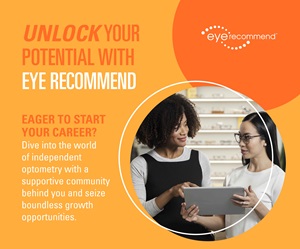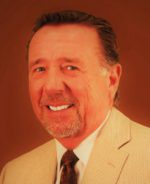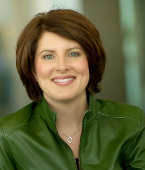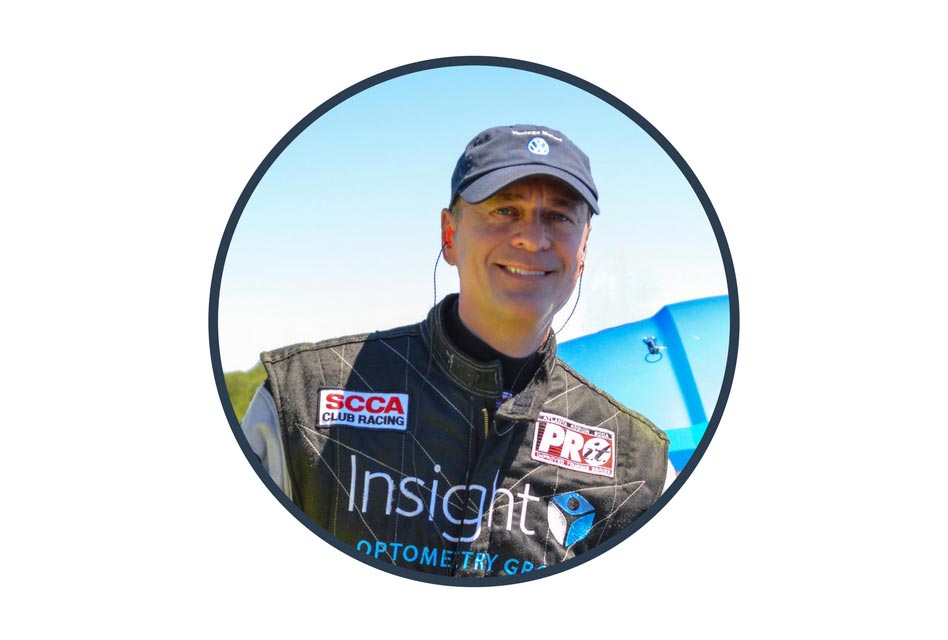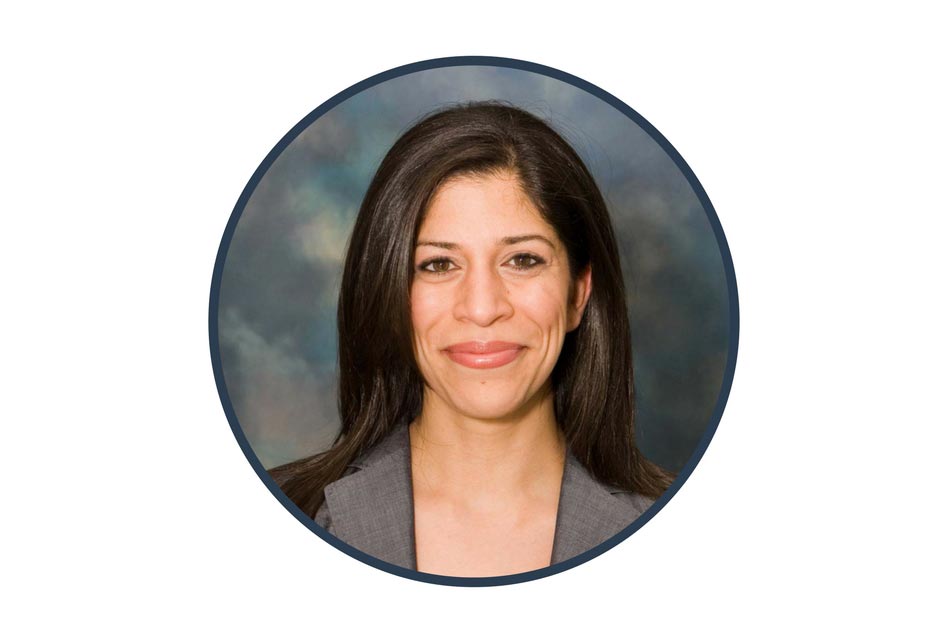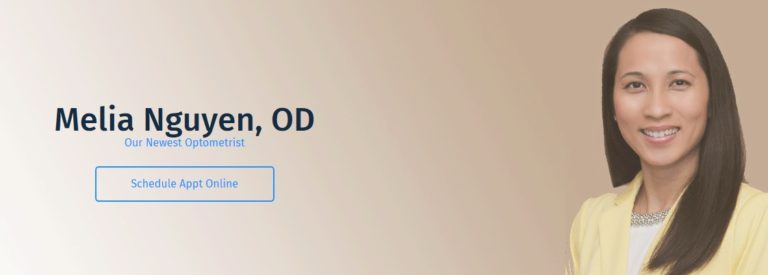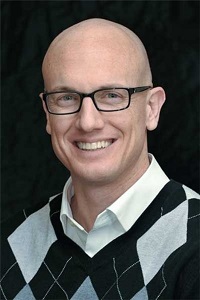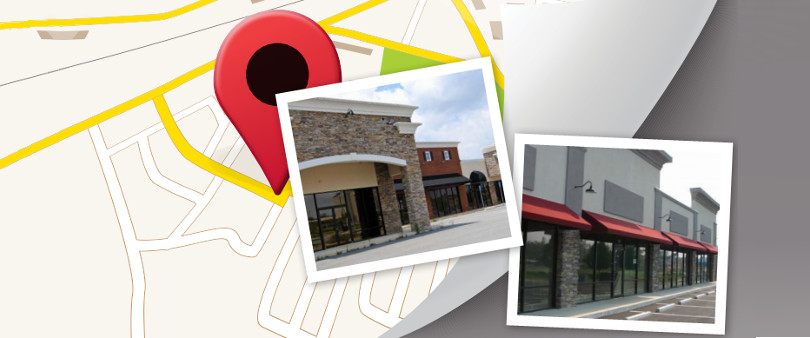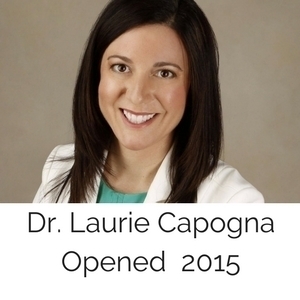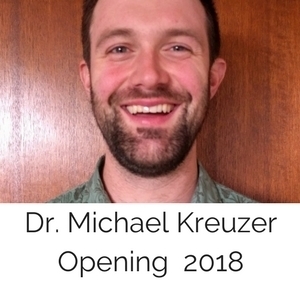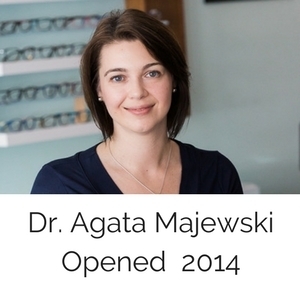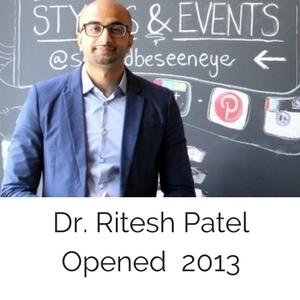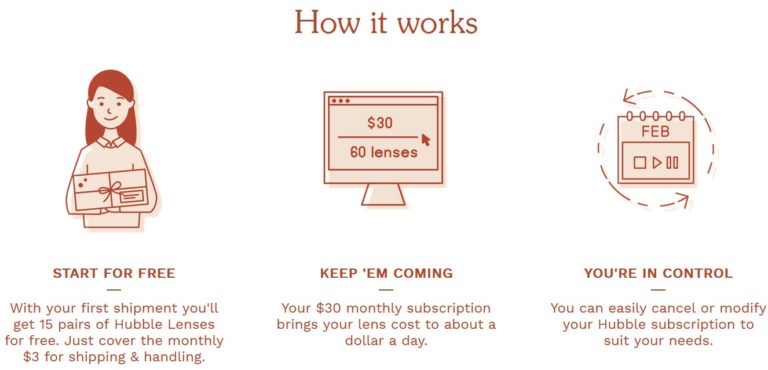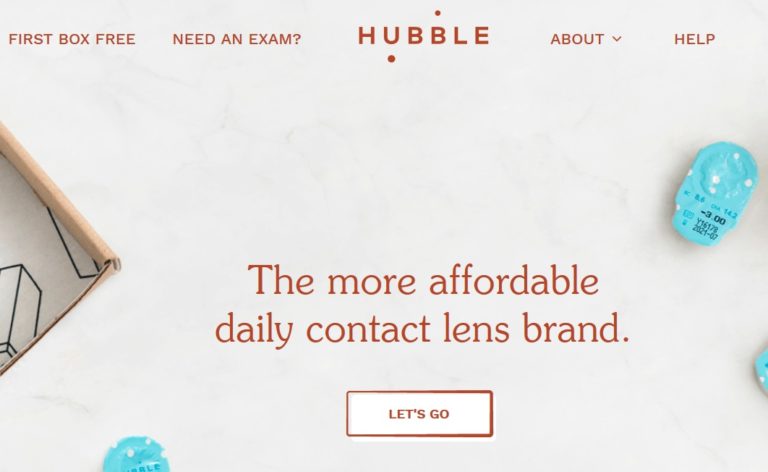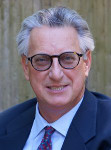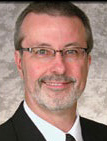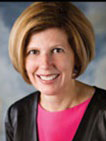
There are a number of ways to help boost sales in your optometric practice this Holiday Season. They are all based on the concept of filling a need—a basic marketing and sales concept.
Every year, many insurance benefits go unused. Reminding patients to use their health benefits before they are reset helps the patient optimize the value of this asset. “Use it or Lose it” campaigns are especially effective when they are combined with ideas that would benefit the patient. These ideas can be anything from a second pair of back up glasses to daily contact lenses for special occasions.
With the change of season also comes a change in extra-curricular activities. Consider a central display and marketing pieces aimed at the skiers and snowboarders in your practice. Be sure to include the idea that it is possible to buy a gift certificate for this purchase. A grandparent, for instance, may not know which goggle will work best and will appreciate the gift card idea.
There are actually a number of products in the office that are well suited to gift giving. The trick is to present ideas! Set up a pretend mantel with stockings filled with lubricating drops, vitamins, eye wipes, omega 3 drops, and contact lens solution.
Optometric clinics can also take advantage of the classic retail sale of Boxing Day. Offering blow out prices is a great way to move stale inventory and boost your year-end cash flow. Also, bringing in new stock gives the clinic energy and focus for the new year.
The holidays are also a perfect time to support your brand by giving back to the community. Many consumers want to support retailers who give back. Choose a charity that is near and dear to the practice owner’s heart. We have seen everything from giving a 20% discount for bringing in an item for the Local Food Bank to getting $25 off sunglasses for bringing in an item for the local SPCA.
Whatever promotions you choose to do, put resources into making professional marketing pieces to support the promotions. You would not expect to walk into a mall and find notices created by the staff up in the store shops windows. The same holds true for your offices. Make sure marketing pieces are made for all platforms, including in-house digital promotion and for social media networks.
If you haven’t taken advantage of the Holiday Season this year, don’t fret. Make a plan for the entire 2018 year. Include plans for all of the major retail days. The further ahead you plan, the more success you will have.
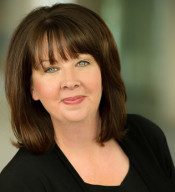
KELLY HRYCUSKO
is the co-founder and managing partner of Simple Innovative Management Ideas (SIMI) Inc. and expert Practice Management contributor for Optik magazine. She can be reached at info@simiinc.com.
